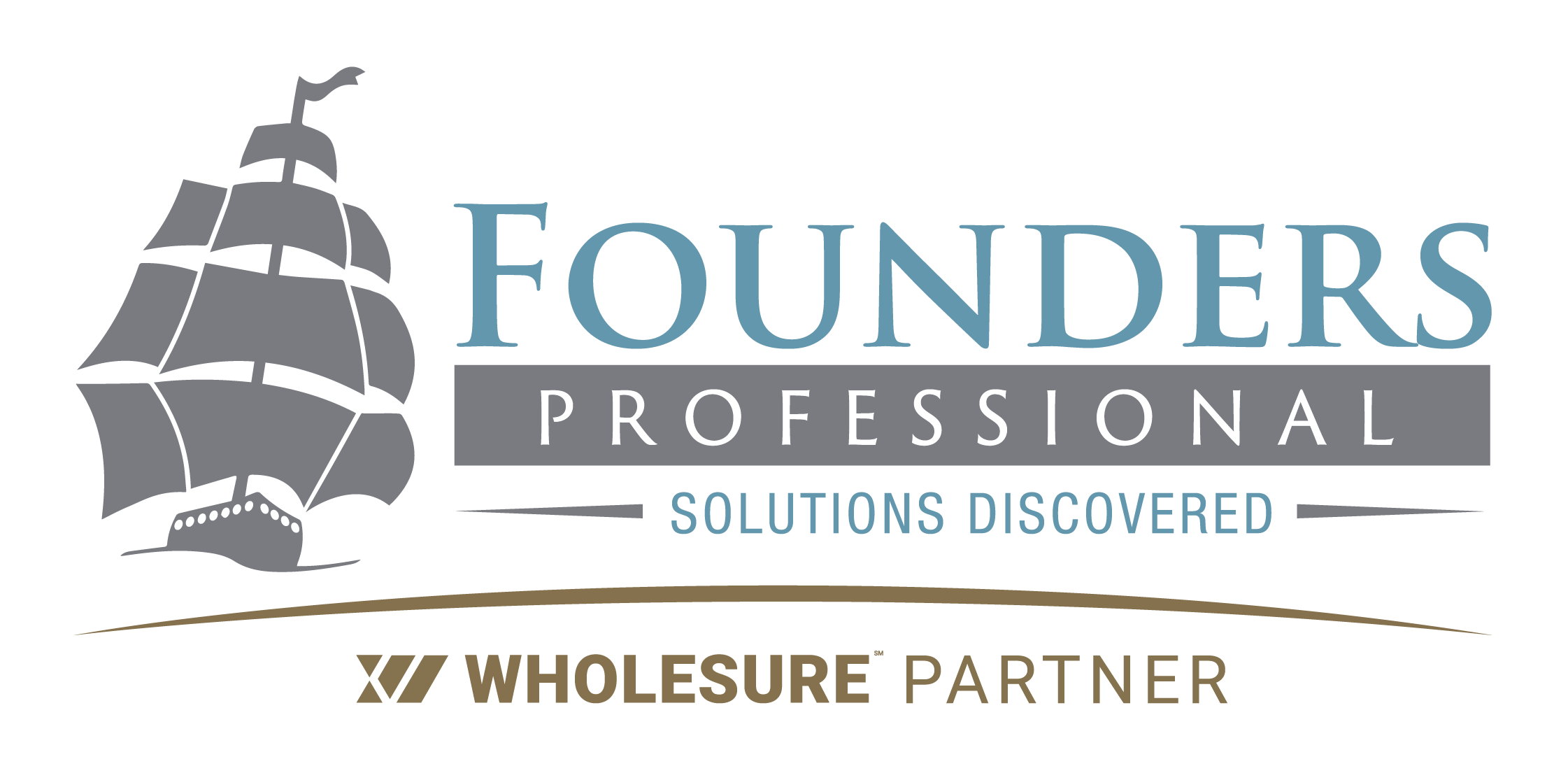The Primary- Excess Model vs. The Quota Share Model
April 2022
A relatively recent development in the domestic liability market is the proliferation of the Quota-Share format of insurance coverage. Quota-Share is a method by which two or more insurance carriers share the exposure presented by a particular risk, in that they share the loss-limit that risk carries.
Some might hear this description and think, oh they’re talking about Excess insurance coverage, where one carrier takes on the first (primary) layer of exposure, say a $5M limit policy, and a second carrier takes on the next (excess) layer, say another $5M, to give the insured a full $10M of coverage. Right?
Close, but no. In the case of a primary/excess format, the primary carrier takes on 100% of the first layer of risk, and the excess carrier takes on 100% of the second layer of risk- so the excess carrier doesn’t lose a penny unless the entire primary $5M is first exhausted.
In the case of Quota-Share, the $10M limit mentioned above would be one whole layer, shared by two or more companies, each taking on a certain percentage of that whole layer (in the case of two carriers, it’s usually 50% each, but doesn’t have to be). So, when a claim is submitted, both carriers immediately contribute to the expenses (and any resulting indemnification loss) in accordance with the percentage they had agreed to take on.
Or it can be both. The Quota-Share method can be incorporated into both primary and excess layers, with two or more companies quota-sharing a primary $10M (for example), and then others (or even the same carriers) quota-sharing a $10M excess policy over that (for a total of $20M in limits). For larger risks, this is how towers of coverage are often built, often reaching over $100M in total limits.
One similarity the two methods share is in how coverage is applied. In the case of the primary/excess format, the primary carrier’s policy form is the one that dictates the coverage, and the excess policy form generally tends to “follow” the primary carrier’s (though in some cases the excess policy will adjust coverage for certain items, such as the Extended Reporting Period).
In a Quota-Share, one carrier is designated as the “lead” carrier, and that carrier dictates both coverage and claim handling. The other carrier(s), referred to as “follow” or “support,” agrees to cover losses in accordance with the coverages specified in the lead carrier’s form. In most cases, this is done via an MOI (Memorandum of Insurance), and generally speaking these documents do not alter the lead carrier’s coverage in any way.
There are a couple key benefits of the Quota-Share format:
1– It tends to be less expensive. Considering the way primary and excess policies are designed- and priced- this makes sense. Excess coverage tends to be priced notably lower than primary coverage, because the excess coverage is insulated from loss-dollar #1 by that primary layer. The primary carrier is taking on a much greater risk, alone, and the excess carrier is taking on much less, so their pricing reflects that. Think of the primary layer as the excess carrier’s “deductible.” However, when two carriers share the exposure, and spread that exposure out over a larger limit, the incorporation of the lower pricing of that excess limit will usually create a lower average price per million for the overall layer, resulting in a premium savings for the insured.
2– In the event of a claim, the insured and their counsel are only dealing with one carrier throughout the erosion of that layer’s limit. This is thanks to the design of the Quota-Share, with the lead carrier being responsible for assigning counsel to the insured, and the follow carriers’ primary role being to contribute funds to the loss associate with that claim. So, in the case of a Quota-Share, the insured and their counsel are dealing with one insurance company (the lead) through the entire process, rather than switching from a primary carrier to an excess carrier part way through a claim.
Some of you may be thinking to yourselves, this sounds familiar. I’d hope so, because while the growth in popularity of this format in the domestic markets is relatively new, the Brits have been working this way in London since the late 1600s, when Edward Lloyd began underwriting marine insurance out of his coffee house on Tower Street. Anyone that’s reviewed a Lloyd’s of London policy may have noticed that one of the pages of that document is a Syndicates List, i.e., a list of the “companies” that have agreed to take on a portion of that risk. I could be one single syndicate, or it could be dozens, taking on as little as 1% of the risk. Substitute “syndicates” for domestic “carriers,” and you’ve got the Quota-Share format.
About the Author
Raffi Kodikian is a Vice President and Lawyers Professional Liability Practice Leader with Founders Professional. Raffi assists retail insurance agents across the Country with securing professional liability insurance solutions for law firms of all sizes. Raffi can be reached at [email protected].

